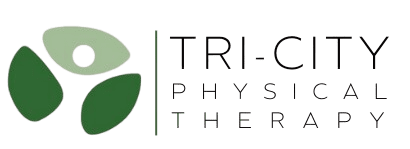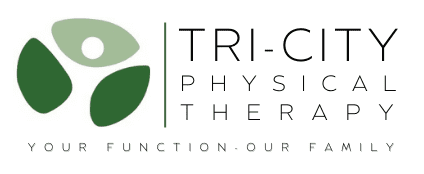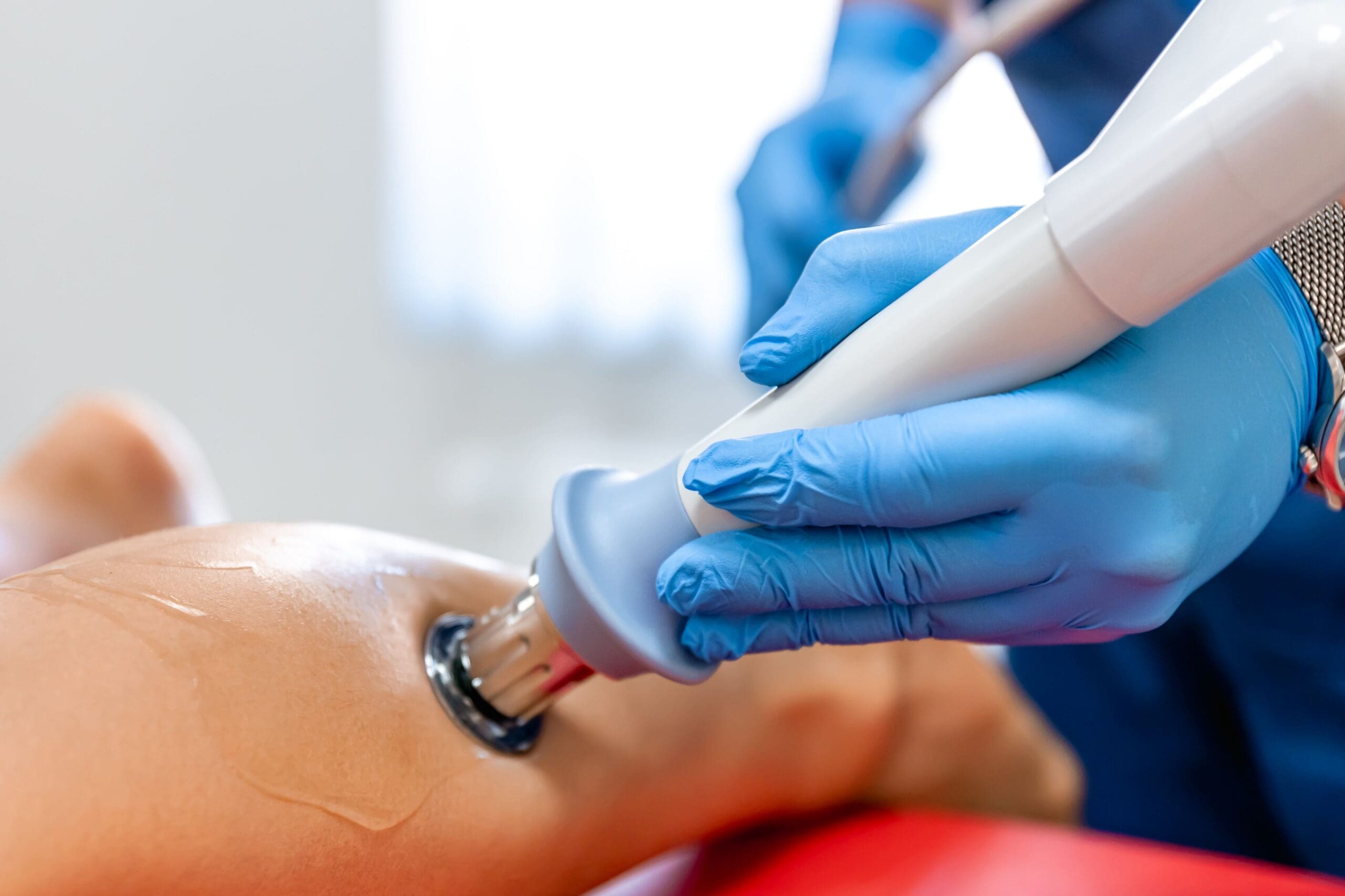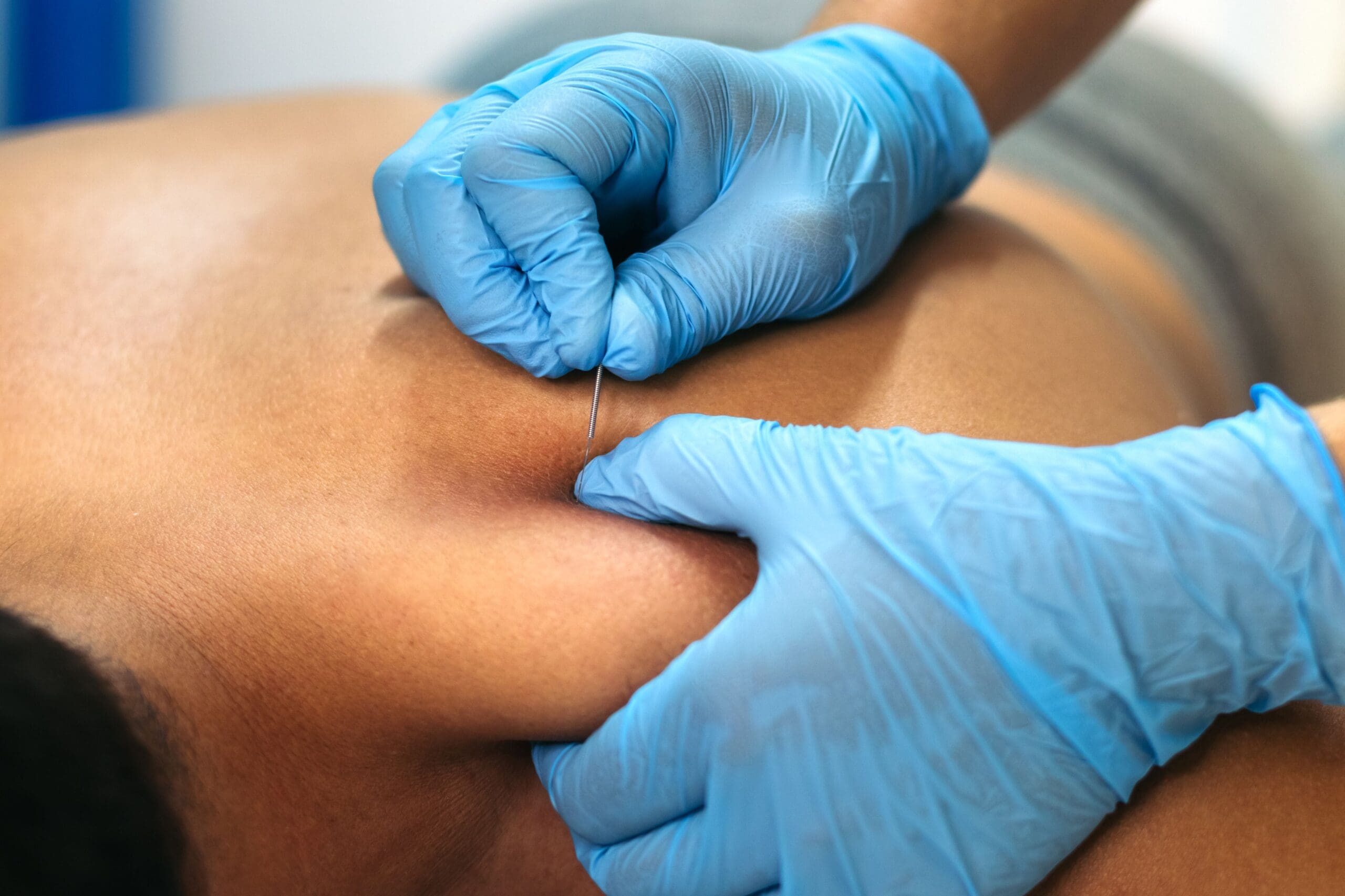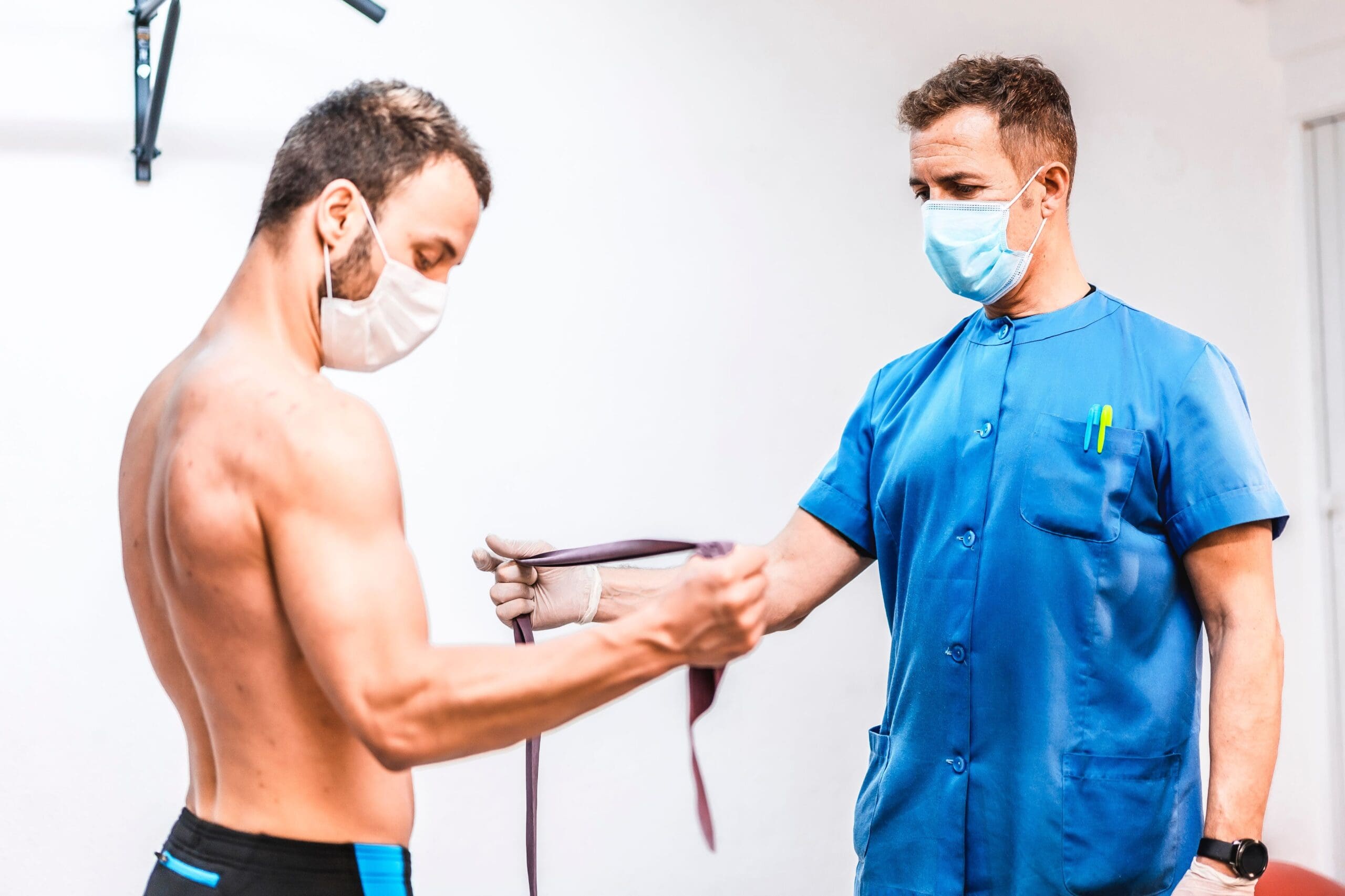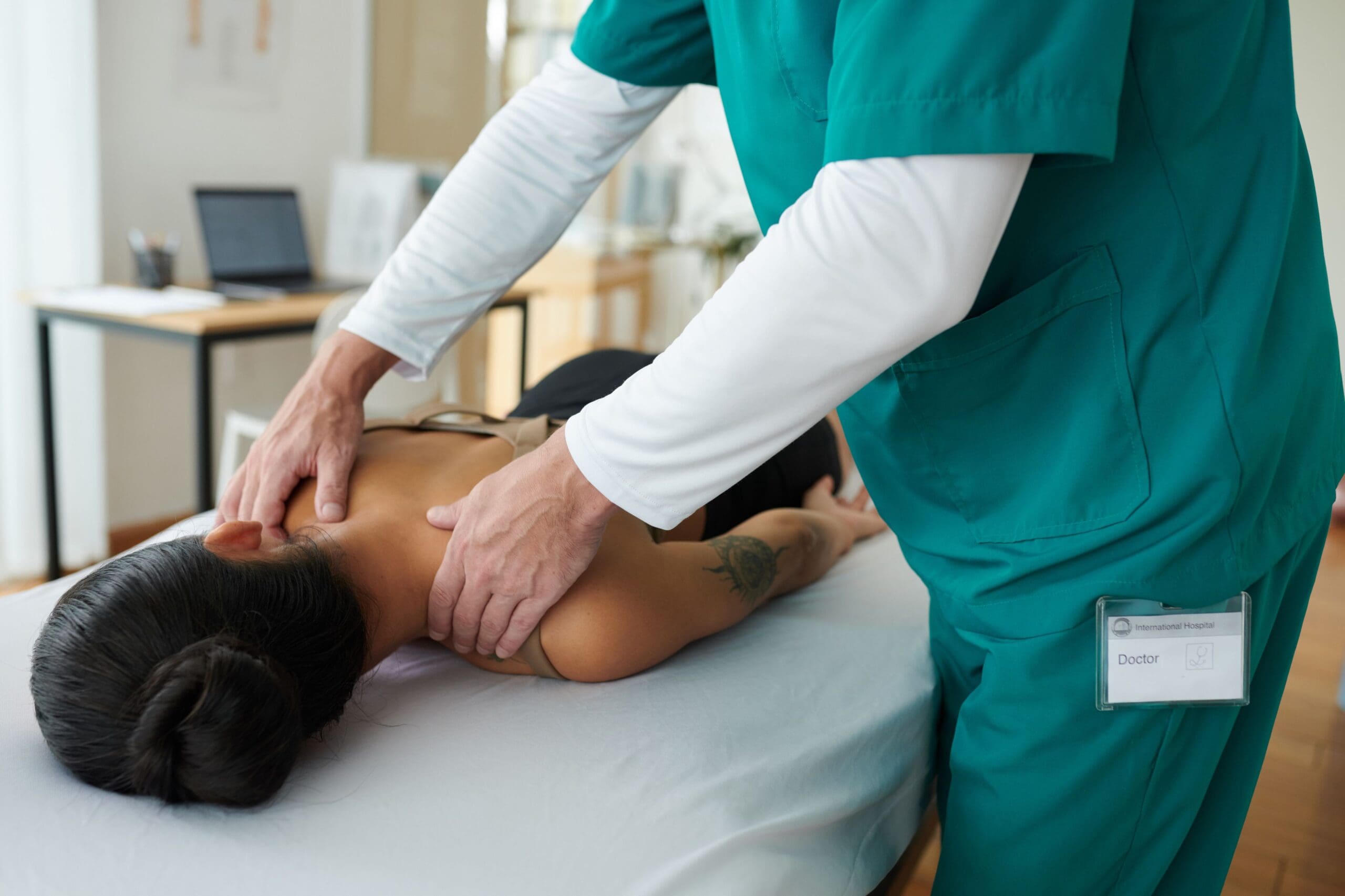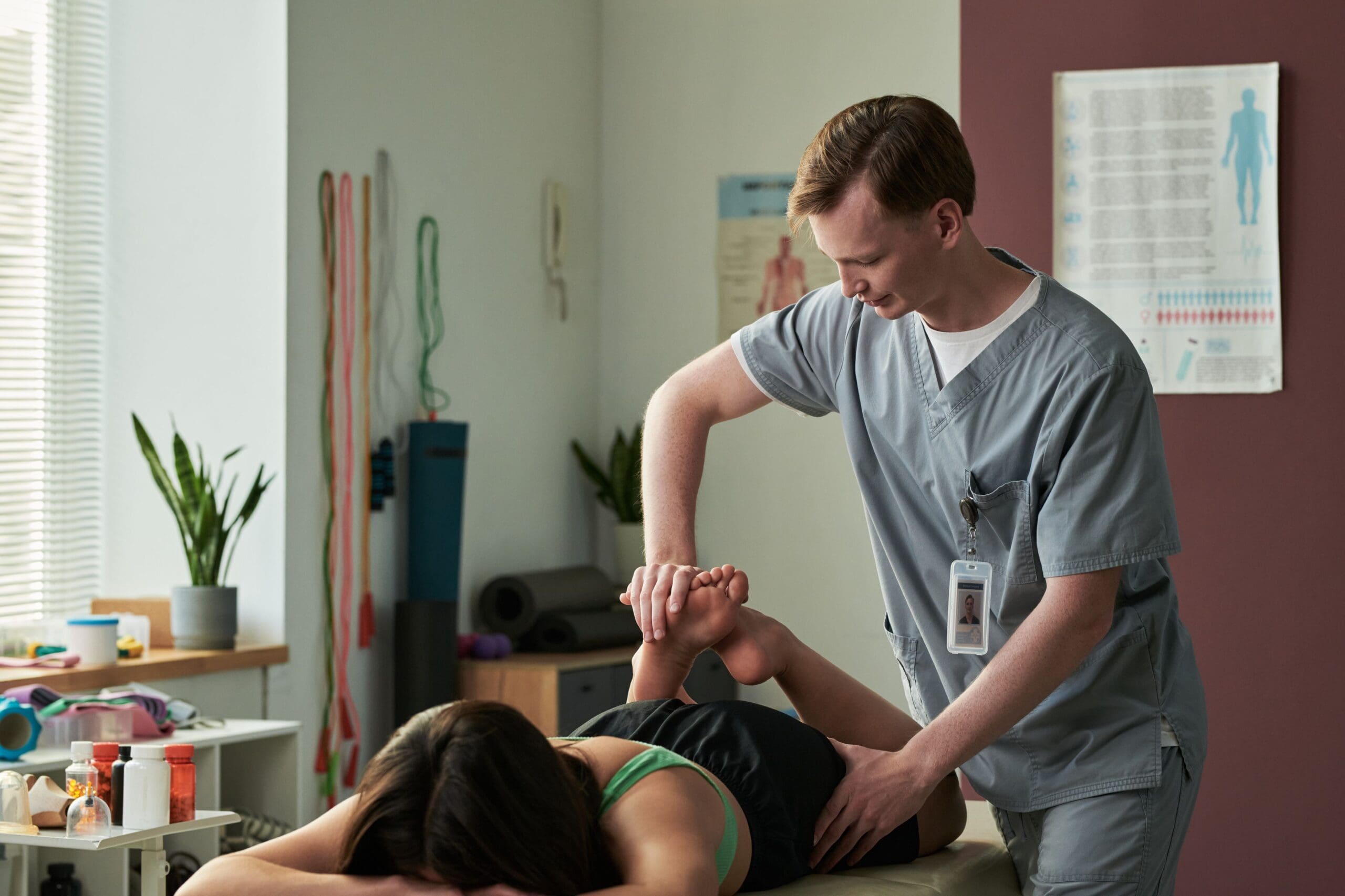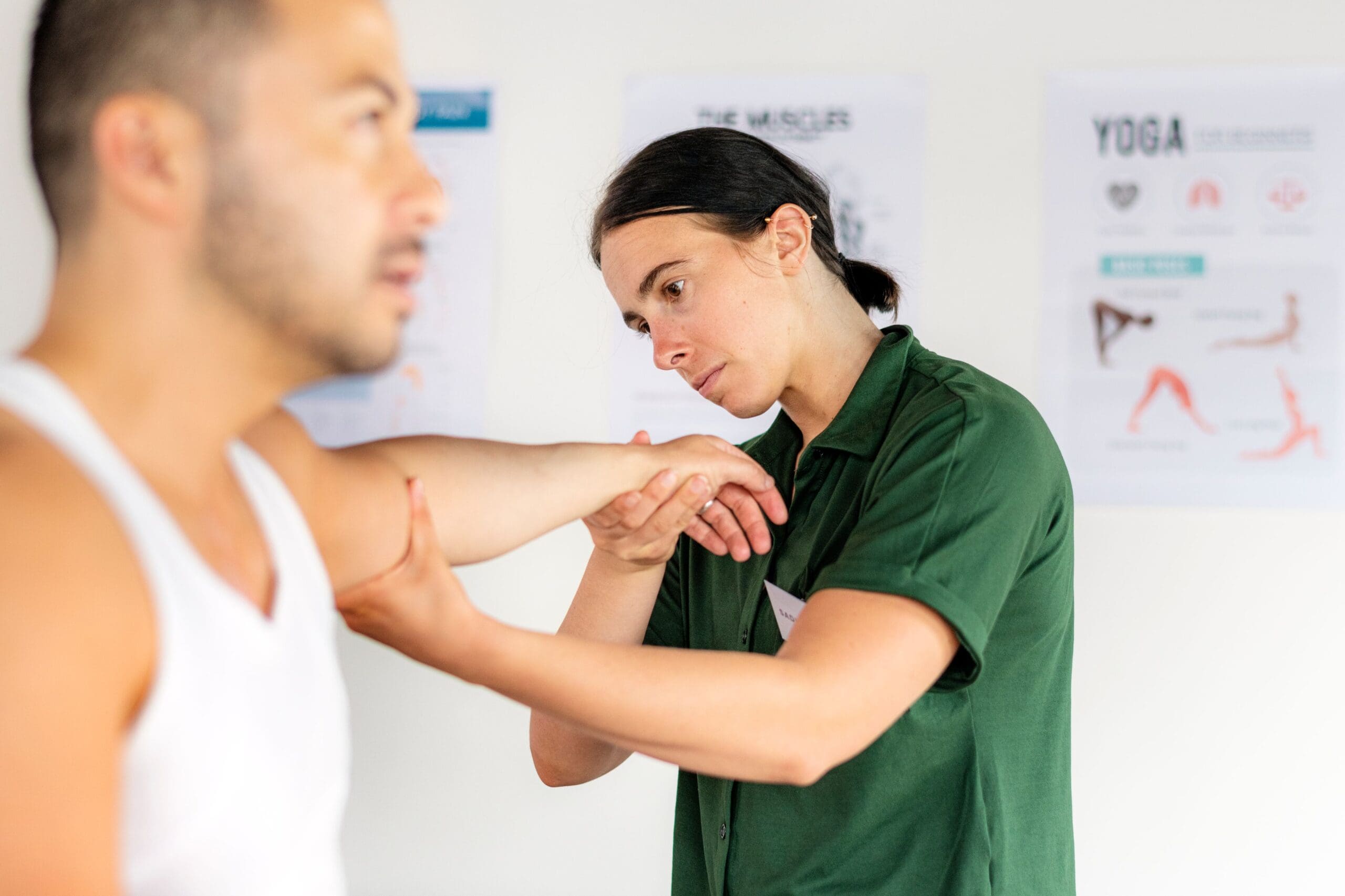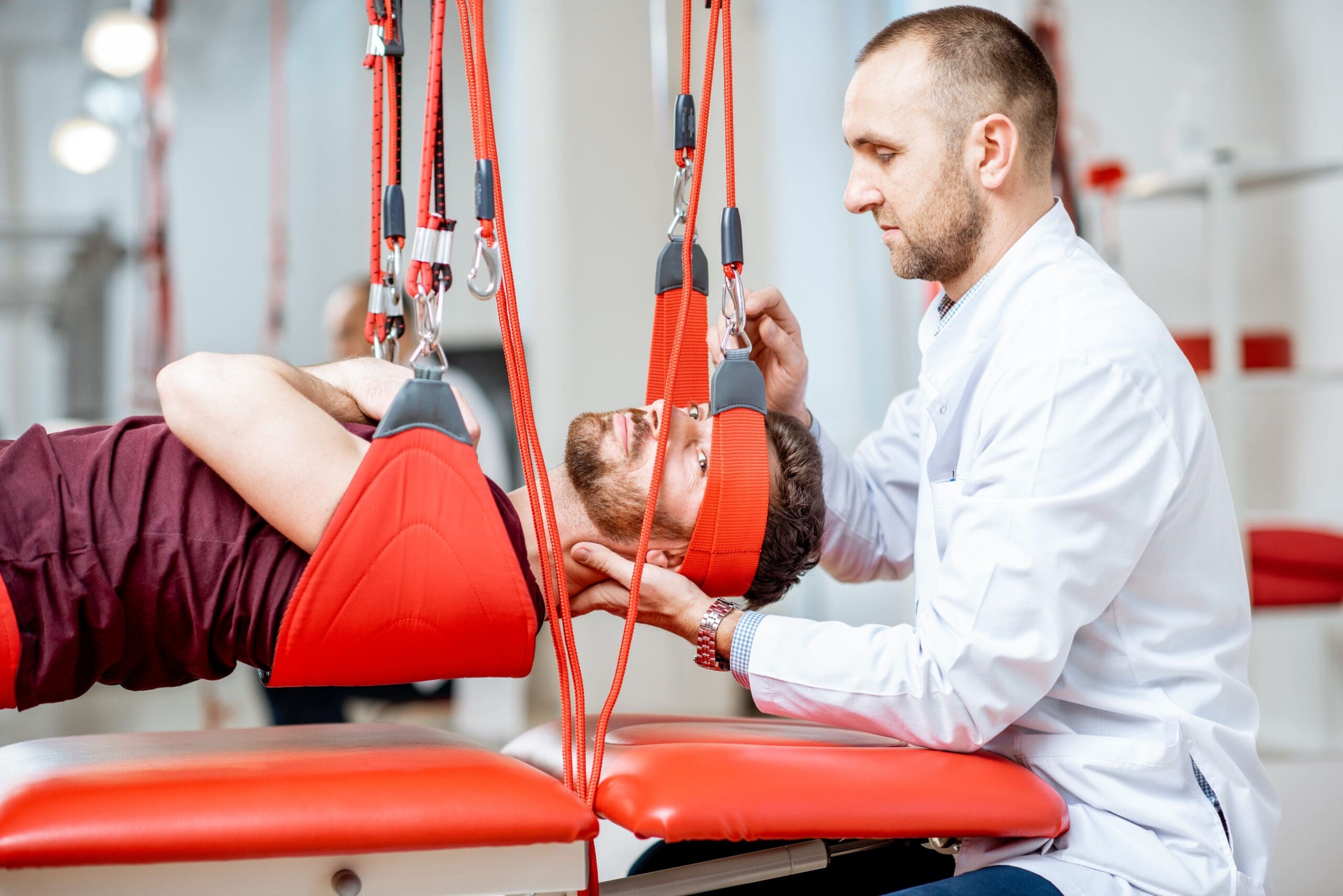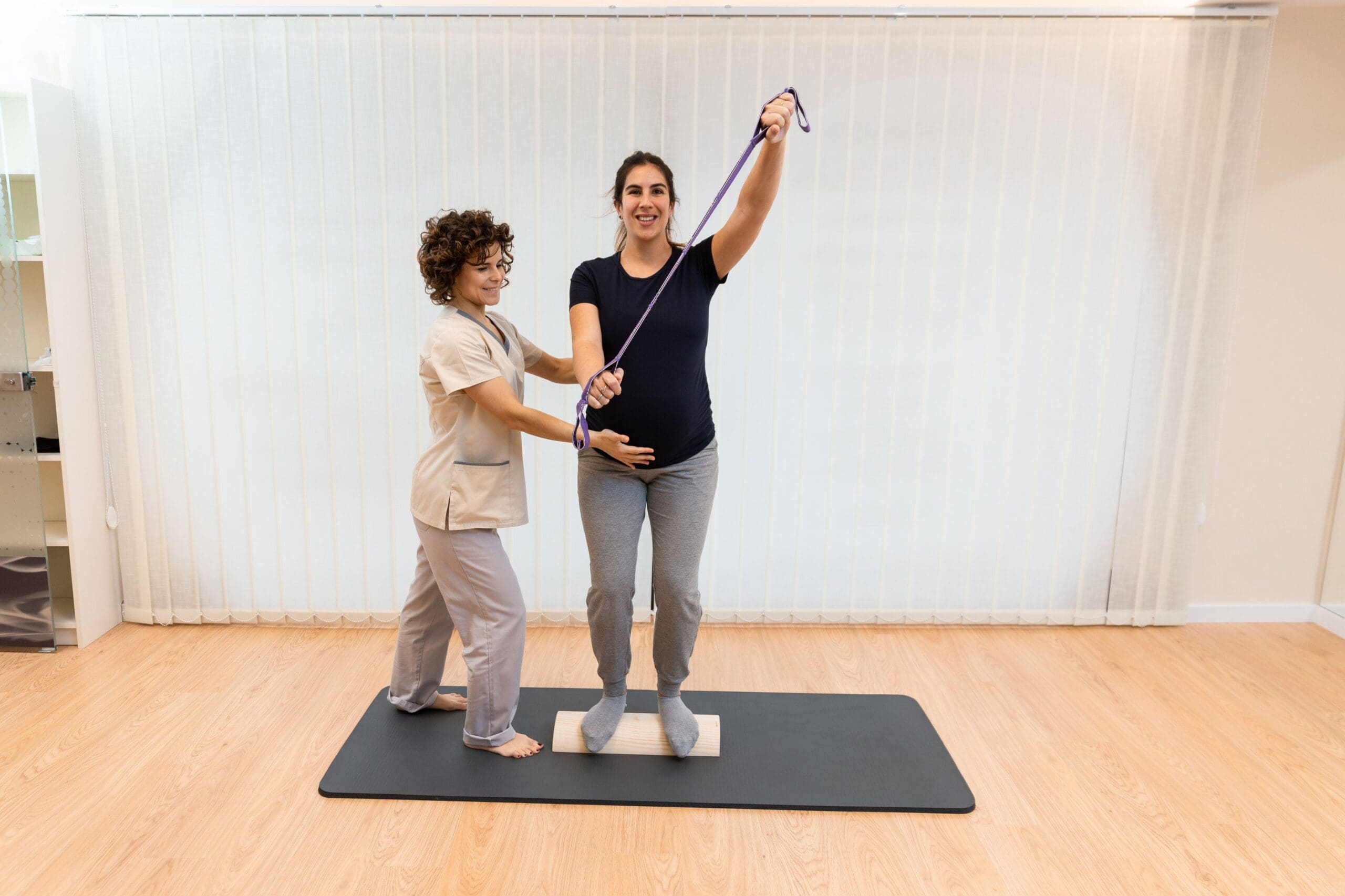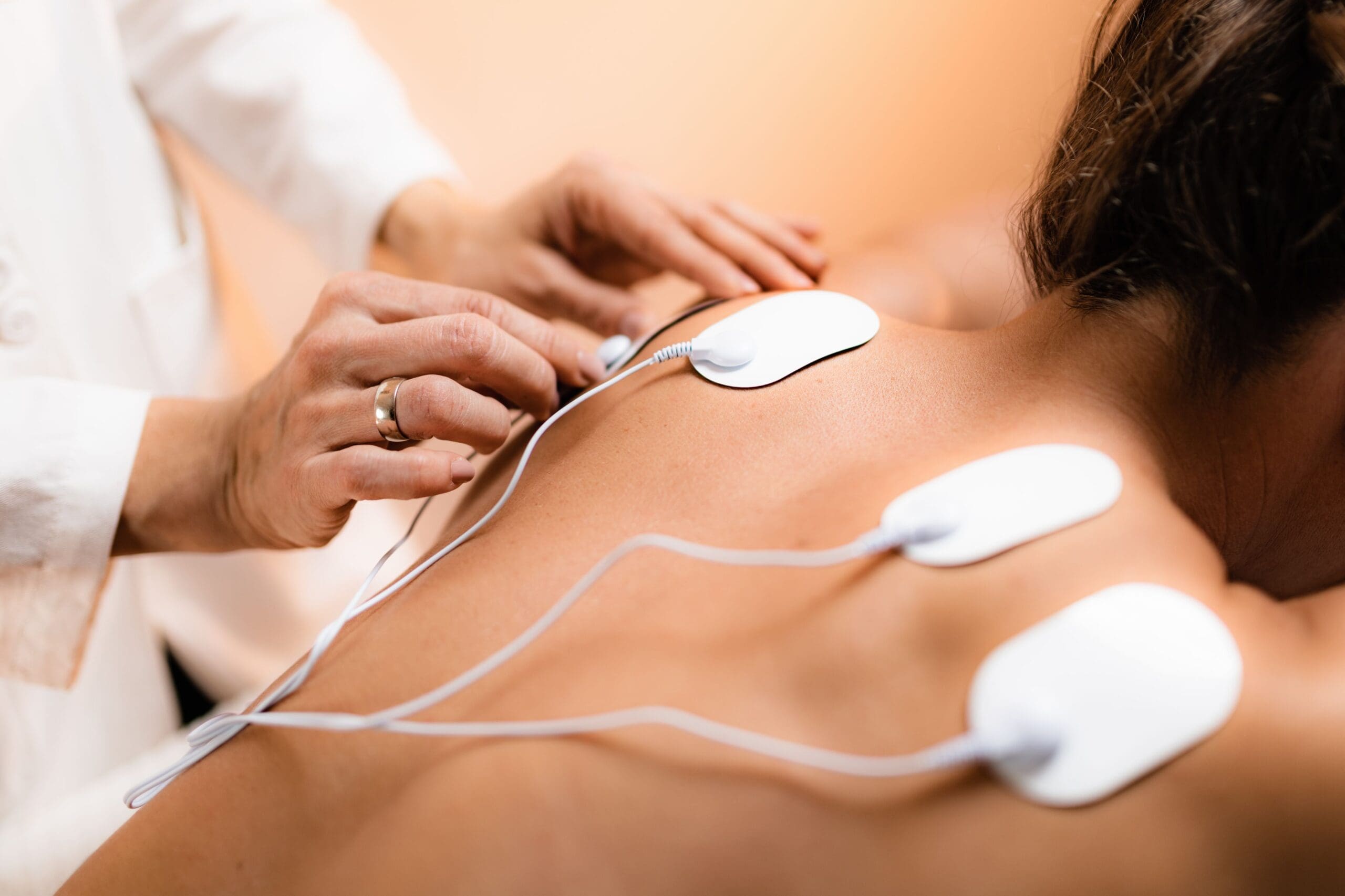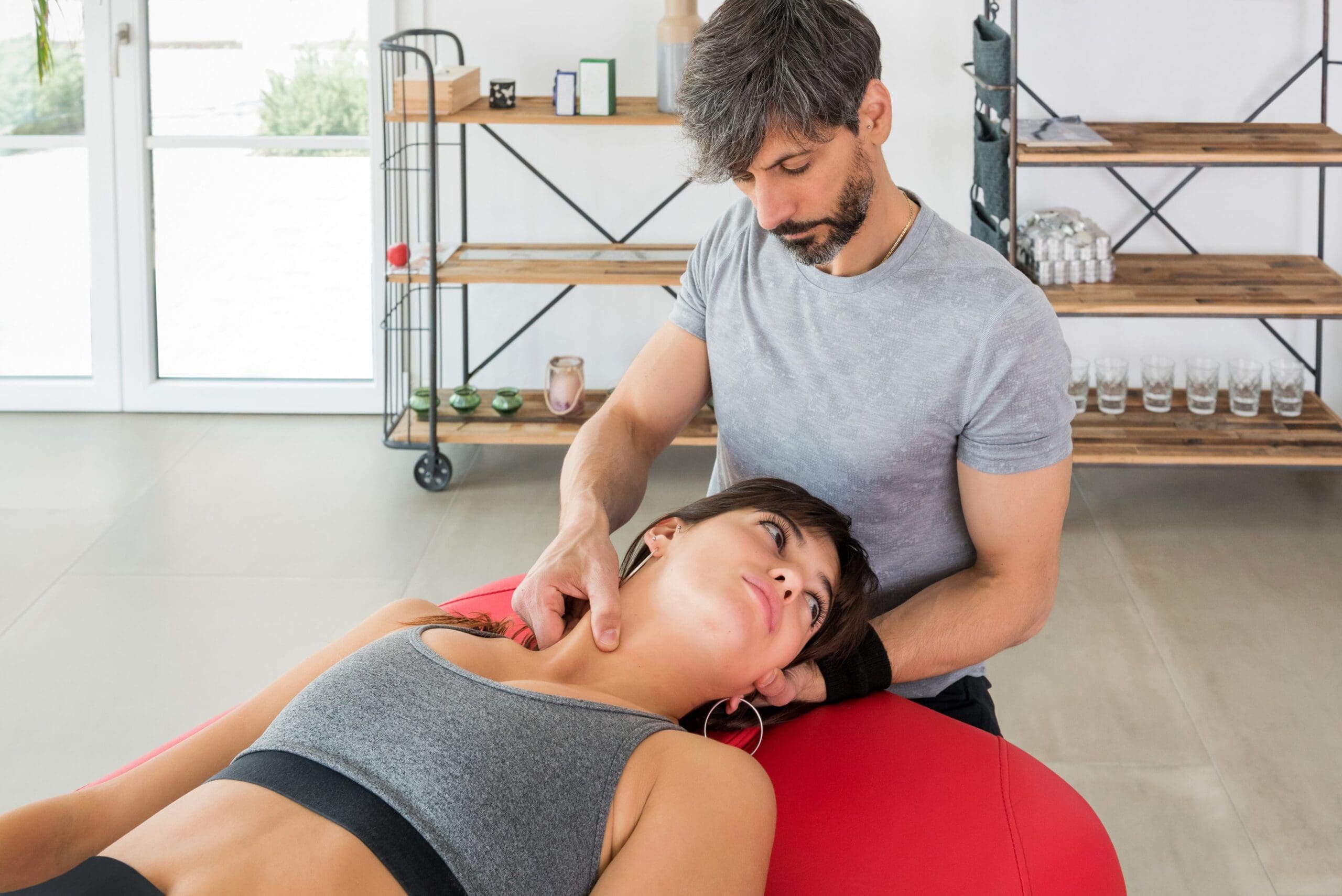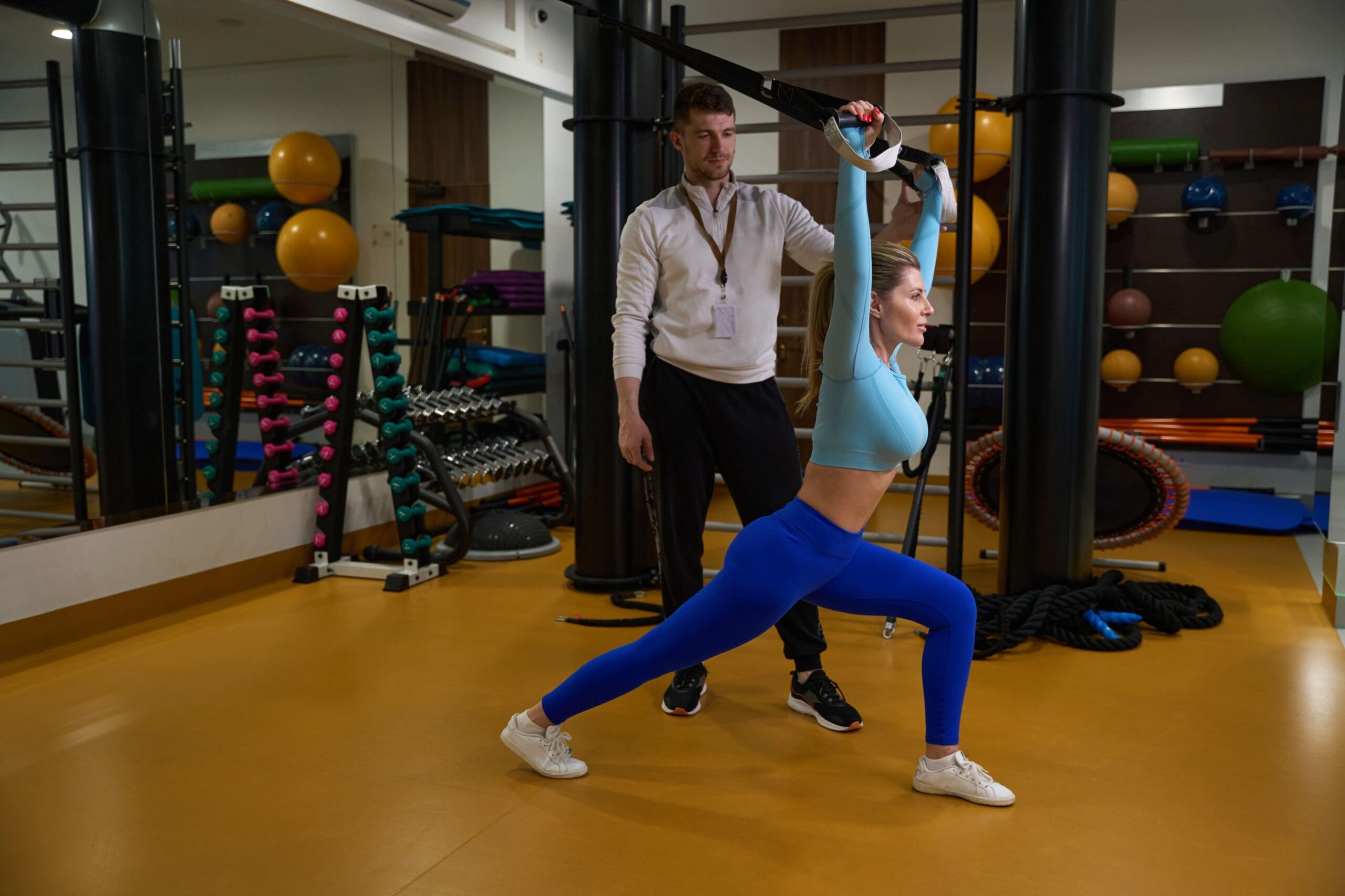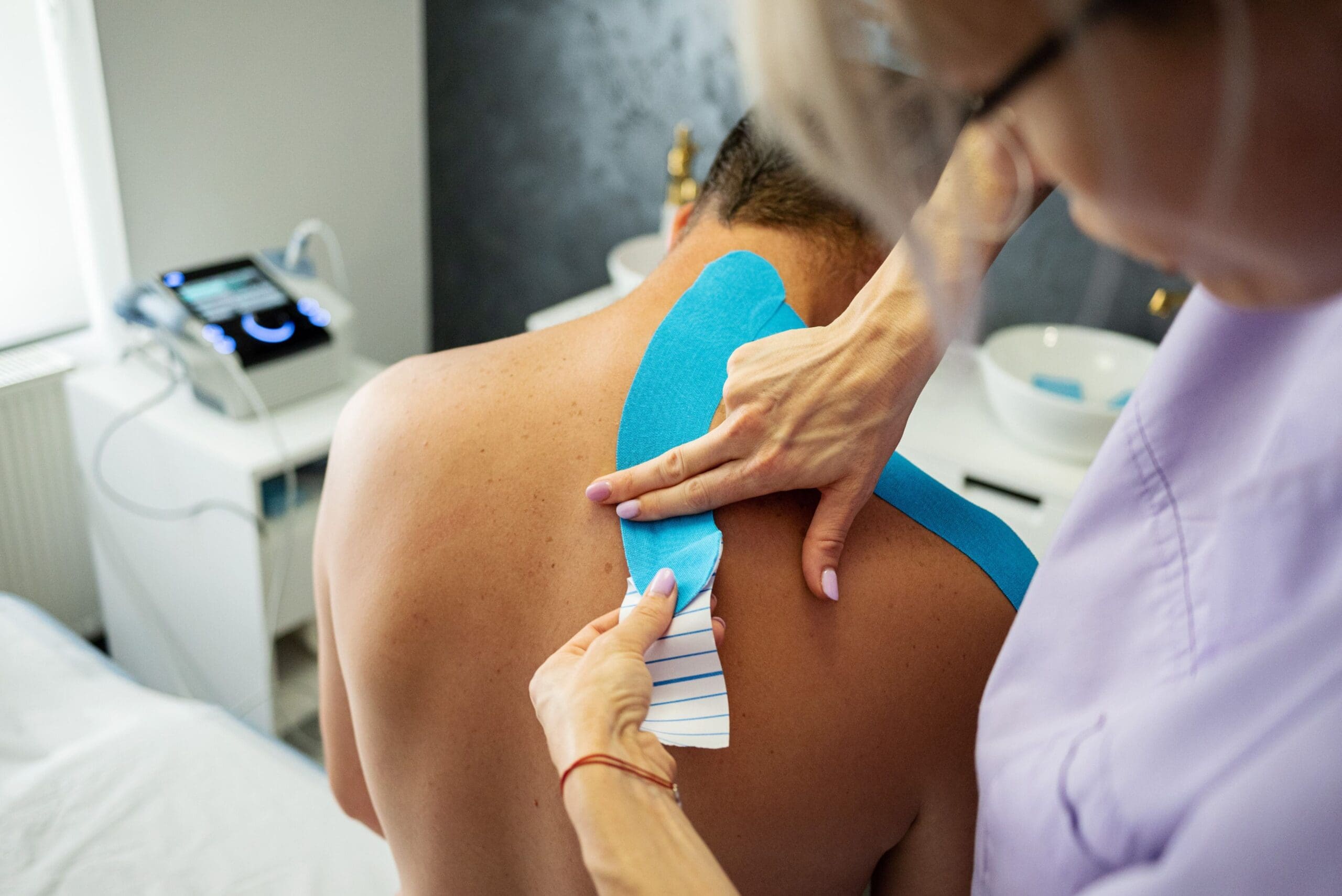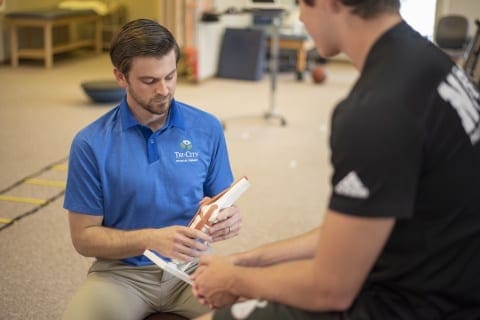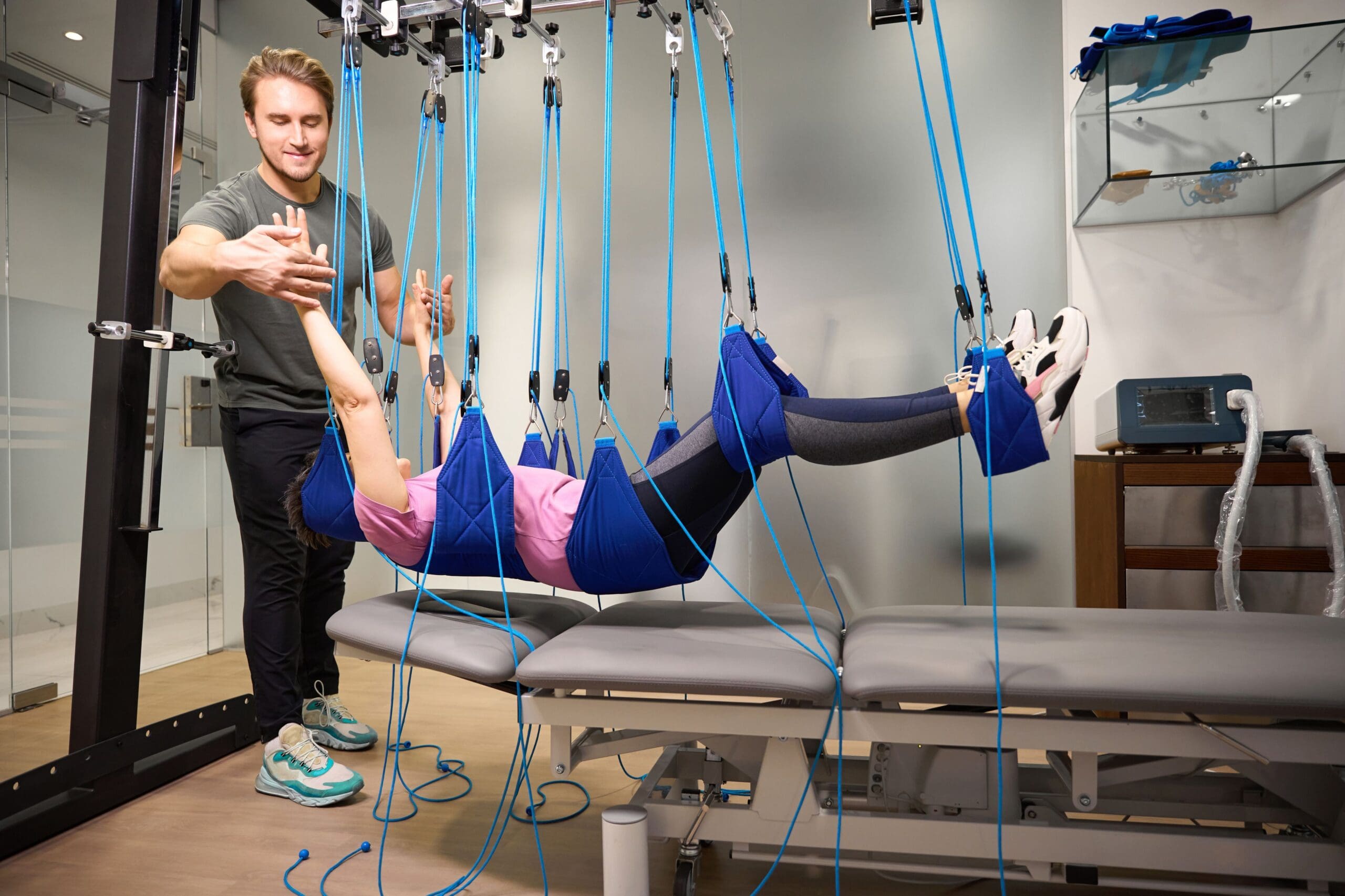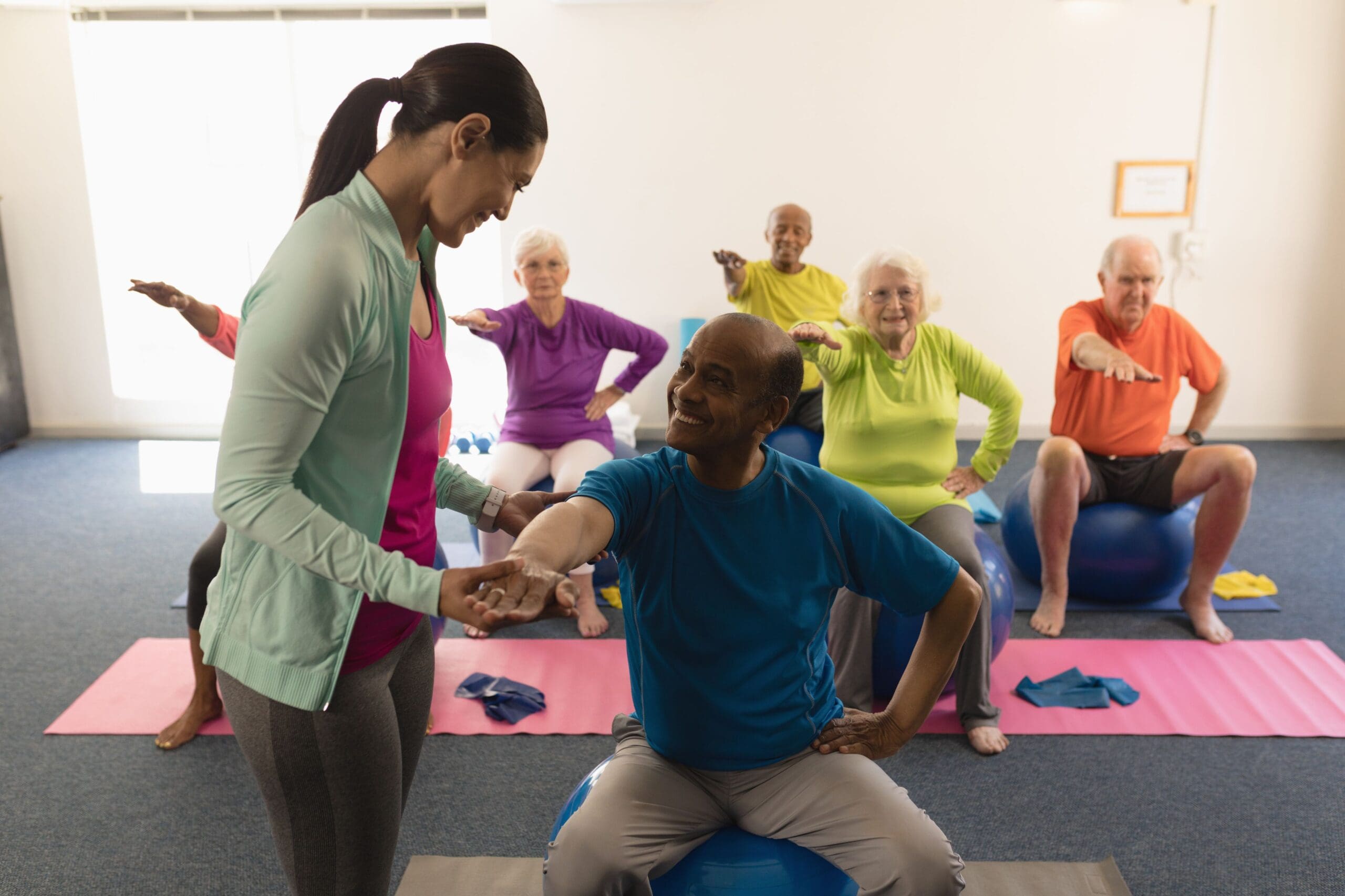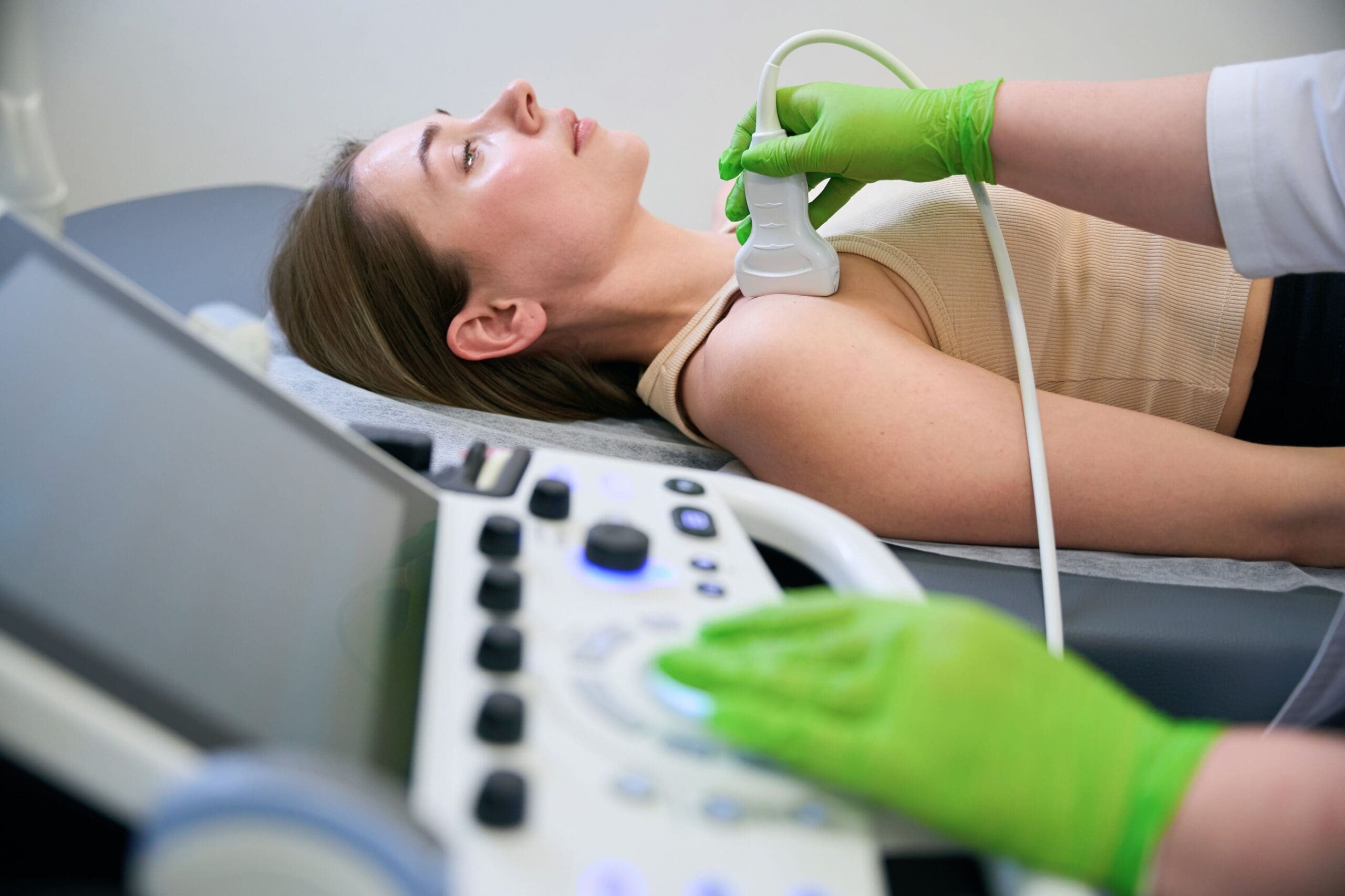HOW WE TREAT:
At Tri-City, physical therapy is more than just treating symptoms—we focus on identifying and addressing the underlying causes of pain and movement dysfunction. Our goal is to restore mobility, reduce pain, and improve quality of life through personalized, hands-on care.
Our physical therapists bring advanced clinical training in orthopedic manual therapy and specialize in the assessment and treatment of musculoskeletal conditions. Below is a list of some of the many services we offer. If you’d like more information—or prefer to speak with us directly—please don’t hesitate to contact us or schedule a consultation.
Specialized Treatments
Shockwave Therapy (Radial Pressure Wave)
Learn more
Chronic pain can be frustrating — especially when it lingers despite rest, stretching, or traditional treatments. Shockwave Therapy, also known as Radial Pressure Wave Therapy, is a cutting-edge, non-invasive treatment that uses gentle sound waves to stimulate your body’s natural healing process. It increases circulation, breaks up scar tissue, and promotes tissue repair in tendons, ligaments, and muscles. This therapy is especially effective for conditions like plantar fasciitis, tennis elbow, Achilles tendinitis, shoulder pain, and stubborn muscle tightness.
Dry Needling with Electrical Stimulation
Learn more
If you struggle with muscle pain, tightness, or limited movement, Dry Needling can help you feel better, faster. This safe, effective therapy uses very thin, sterile needles to gently release “trigger points” — knots in your muscles that cause pain and restrict motion. At Tri-City Physical Therapy, we often enhance dry needling by adding gentle electrical stimulation to the needles. This sends a mild, comfortable current through the muscle, helping it relax more deeply, improving blood flow, and speeding up the healing process. Dry needling with e-stim is especially effective for stubborn or chronic muscle tension, sports injuries, back and neck pain, and even certain headache patterns. Many patients notice relief and improved mobility after just one or two sessions.
Blood Flow Restriction
Learn more
Blood Flow Restriction (BFR) therapy is an advanced rehabilitation technique that uses a specialized cuff or band to partially restrict blood flow to a limb during exercise. This allows patients to achieve the benefits of high-intensity strength training while using significantly lighter loads, reducing stress on the joints and tissues.
BFR is especially effective for individuals recovering from surgery, injury, or those with limitations that prevent heavy lifting. By creating a controlled environment of reduced oxygen and restricted blood flow, BFR stimulates muscle growth, improves strength, and enhances recovery—all while minimizing strain on healing tissues.
Manual Therapy
Learn more
Manual therapy is a specialized, hands-on approach used by physical therapists to assess, treat, and improve musculoskeletal pain and movement dysfunction. Unlike exercises or modalities, manual therapy involves the therapist using their hands to mobilize joints, manipulate soft tissues, and improve mobility, circulation, and overall function. This technique is particularly effective in reducing pain, restoring range of motion, and promoting healing in conditions involving the spine, joints, and soft tissues.
Physical Therapy
Learn more
Physical therapy is a healthcare profession focused on helping individuals restore movement and function, reduce pain, and prevent disability due to injury, illness, or chronic conditions. It involves a combination of exercises, manual therapy, education, and techniques such as heat, cold, ultrasound, or electrical stimulation to improve a patient’s physical well-being.
Joint Mobilization
Learn more
Joint mobilization is a manual therapy technique used by physical therapists and other healthcare providers to improve joint function, reduce pain, and increase range of motion. It involves the skilled, passive movement of a joint—typically performed at varying speeds and depths—within its natural range of motion.
Vestibular rehabilitation
Learn more
Vestibular Rehab is a specialized form of physical therapy designed to treat disorders of the vestibular system — the part of the inner ear and brain that helps control balance and eye movements. When this system is damaged due to injury, illness, or aging, it can cause symptoms like dizziness, vertigo, imbalance, and visual disturbances:
Posture/Gait Training
Learn more
Posture training involves exercises and techniques aimed at improving the alignment of the body while sitting, standing, or moving. Good posture helps reduce strain on muscles and joints, prevents pain (especially in the neck, back, and shoulders), and promotes efficient movement. Gait training is a therapeutic approach focused on improving the way a person walks. It helps individuals regain or enhance safe, efficient, and balanced walking patterns after injury, surgery, neurological conditions (like stroke or Parkinson’s), or musculoskeletal problems.
Electrical stimulation
Learn more
Electricalstimulation (often called e-stim) is a physical therapy technique that uses controlled electrical currents to stimulate nerves and muscles. Electrodes placed on the skin deliver small electrical impulses that can help reduce pain, improve muscle function, and promote healing. E-stim is often combined with either heat (warm packs) or cold therapy (cryotherapy) to enhance treatment effects in physical therapy.
Myofascial Release
Learn more
Myofascial Release is a hands-on manual therapy technique aimed at relieving tension and restrictions in the fascia — the connective tissue that surrounds muscles, bones, and organs throughout the body. When fascia becomes tight, injured, or restricted due to trauma, inflammation, or poor posture, it can cause pain, stiffness, and limited movement.
Movement Analysis
Learn more
Movement analysis is the systematic study and evaluation of how a person moves, with the goal of understanding their movement patterns, identifying abnormalities or inefficiencies, and guiding treatment to improve function. It is commonly used in physical therapy, sports medicine, and rehabilitation.
Kinesio Taping
Learn more
Kinesio Taping is a therapeutic technique that uses a special elastic tape applied to the skin to support muscles and joints without restricting movement. Developed by Dr. Kenzo Kase, this tape mimics the skin’s elasticity, allowing for a full range of motion while providing support.The tape can be worn for several days, including during exercise and showering. It’s often used alongside other physical therapy treatments to promote healing and improve function.
Patient Education
Learn more
Patient education in physical therapy is a crucial part of treatment that involves teaching patients about their condition, the purpose of therapy, and strategies to manage or improve their health. It empowers patients to take an active role in their recovery and long-term wellness. Effective patient education improves outcomes by increasing understanding, reducing anxiety, promoting self-care, and supporting long-term health.
Neuromuscular Retraining
Learn more
Neuromuscular retraining is a therapeutic approach used in physical therapy to restore and improve the communication between the nervous system and muscles. It focuses on retraining the body to move properly, especially after injury, surgery, neurological conditions, or prolonged inactivity.Neuro retraining is often combined with other therapies like strengthening, balance training, and gait training to optimize recovery.
Therapeutic Exercise
Learn more
Therapeutic exercise in physical therapy refers to planned, structured physical activities designed to restore, improve, or maintain physical function and health. These exercises are tailored to the individual’s needs and goals, focusing on enhancing strength, flexibility, endurance, balance, and coordination.Therapists carefully monitor and progress these exercises based on patient response and goals, ensuring safety and effectiveness.
Ultrasound
Learn more
Ultrasound is a treatment modality that uses high-frequency sound waves to promote healing and relieve pain in soft tissues like muscles, tendons, and ligaments. Ultrasound therapy is typically applied using a handheld wand with a gel to ensure smooth movement and good transmission of sound waves. Treatments usually last 5-10 minutes and are often combined with other therapies like exercise or manual therapy.
